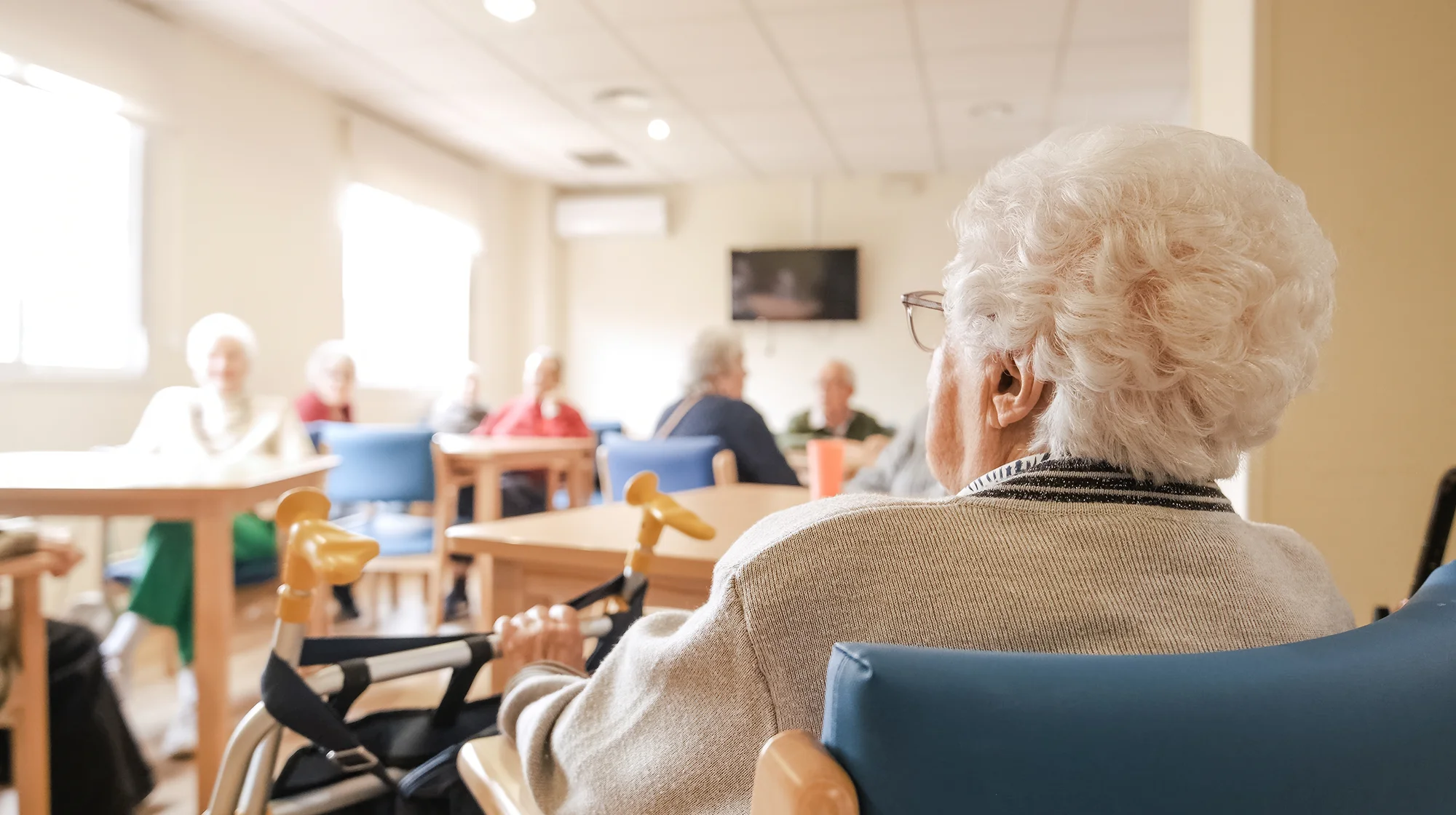
When a family places a loved one in a nursing home, the expectation is basic: dignity, safety, and competent medical care. But far too often, that expectation is broken. Neglect, abuse, and systemic oversight failures plague many facilities—even in a regulated state like Maryland. In this post, I’ll explain how inspection failures contribute to preventable tragedies, whether “My loved one was neglected in a Maryland nursing home — can we sue?”, and how a Maryland nursing home lawsuit tied to inspection breakdowns helped produce an $8.5 million verdict.
Yes. Under Maryland law and analogous negligence theories, families can hold nursing homes (or their operators, staff, and sometimes regulators) legally accountable for harm caused by neglect or abuse. But success depends on establishing key legal elements:
In wrongful death scenarios, Maryland’s wrongful death statute allows a decedent’s heirs to recover for losses caused by negligent or intentional harm.
One legal complexity: Maryland imposes caps or limits (especially for wrongful death claims). In one high-profile $8.5 million verdict, the jury awarded $8.5M, but the family’s recoverable amount was limited by statutory caps — in that case, they ultimately collected $850,000.
Thus, yes—you can sue when a loved one is neglected in a Maryland nursing home. The stronger your evidence (inspection reports, medical records, logs, photos, witness testimony), the stronger your case.
Inspection failures are not just oversight lapses—they can directly contribute to harm, and they can also form a legal basis for liability or evidentiary leverage in a nursing home lawsuit.
The $8.5 M Verdict
In Prince George’s County, a jury awarded $8,500,000 to the family of a nursing home resident who died after prolonged malnutrition and neglect. The resident lost drastic weight (dropping to 95 pounds, then later 81) and experienced long stretches without adequate monitoring or a corrective care plan. Despite red flags, no meaningful interventions were made.
However, Maryland law limited the recovery under the wrongful death cap, and so the family’s actual compensation was much reduced (to $850,000). Even so, the headline verdict underscores how the jury found systemic failure, not isolated error, and recognized the devastating harm of neglect.
How Inspection Failures Feed Lawsuits
Thus, inspection records function as both evidentiary support and strategic leverage in a Maryland nursing home lawsuit, especially when the jury hears that the facility operated under a regulatory cloud.
The crisis is not merely localized to individual facilities. In 2024–2025, a landmark federal lawsuit challenged Maryland’s Department of Health (MDH) for systemic failures in nursing home oversight.
This case frames the issue not merely as individual tragedy, but as a public accountability failure: when the state abdicates its duty, residents pay the price.
Here’s a real-world scenario (anonymized) that illustrates how standard-of-care breakdowns—and inspection failures—intersect:
A resident had a care plan designating two-person assist for shower transfers. Two staff began the process. After entering the shower, one staff member left, leaving a single staff with the resident. When the resident protested needing additional help, the remaining staff tried to remove them alone. The result: a fall, a fracture in the lower extremity, surgical repair, and ultimately the resident passed away after complications from surgery.
This kind of breach—deviating from the care plan, failing to monitor staffing, ignoring safety protocols—is precisely the kind of neglect I see in practice. In discovery, nursing home logs, medical records, and inspection histories often confirm a pattern of under-staffing or disregard for resident safety.
In my experience some of the most compelling evidence includes:
These forms of evidence help fill gaps in memory, strengthen causation arguments, and elevate your case beyond a “he said, she said” fight.
When a family suspects neglect in a nursing home, time is critical. My advice to families aligns with your instincts:
I often see clients come to me when it’s already too late: weight loss irreversible, pressure ulcer advanced, dehydration requiring hospitalization, or fall fractures with cascading complications. It is far better to act early.
If you ask, “My Loved One Was Neglected in a Maryland Nursing Home — Can We Sue?”, the answer in many cases is yes—but success depends heavily on evidence, timing, and exposure of regulatory failures. The Maryland nursing home lawsuit in Prince George’s County that produced an $8.5 M verdict (even if reduced by statutory caps) should be a warning: juries see gross negligence, especially when inspection failures reveal patterns of neglect.
And the ongoing federal class-action lawsuit against Maryland’s Department of Health — alleging failures in inspection oversight — underscores that the crisis is institutional, not isolated.
If your loved one shows signs of neglect—bedsores, dehydration, falls, weight loss, unexplained injuries—don’t wait. The first 72 hours are critical. Document, preserve, advocate, and consult experienced counsel who understands Maryland nursing home law, inspection failures, and how to build a winning case.
If you or your loved one has suffered from nursing home neglect or abuse in Maryland, contact me at SG Legal Group. My team and I will help you understand whether you have a claim, preserve essential evidence, and pursue justice and compensation. Call 410-618-1277 or visit our contact page to schedule a consultation.
Joshua C. Sussex, Esq.
Stay informed with our latest articles and resources.